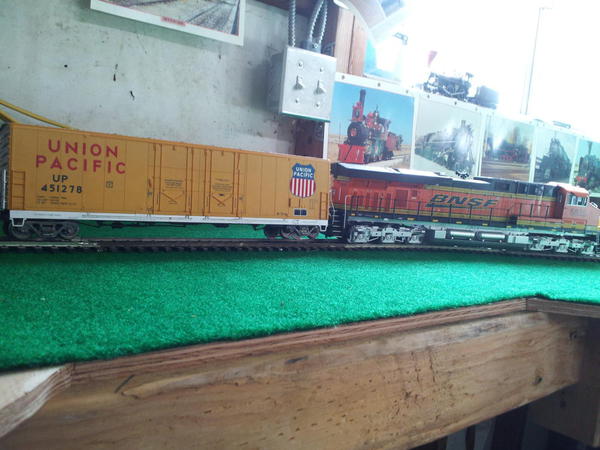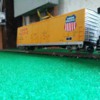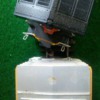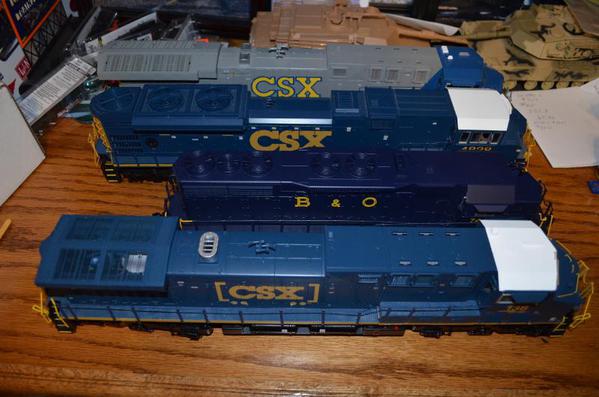Originally Posted by Steinzeit:
1. Be aware that the 6021 / 6022 turnouts the OP is using are the 1970's Atlas ones with a diverging 24 inch radius.
2. A review of the OP's other questions and the replys on all the OGR forums is also suggested.
SZ
Edited to ask: Or is it "replies" ?
Wow. That's a tight radius for one of the biggest diesels made. Probably more suited for a switcher.
Using the longer medium shank coupler on both equipment helps. On the engine, pull on the coupler or look at the bottom for a number. If the coupler pushes in and doesn't pull out, it's probably the #743 or 806. It fits without cutting the box but doesn't extend as much as needed for these longer equipment pieces on tighter radius.
Using the #804 or 746 and cutting the back of the box off works better as Matt posted.















